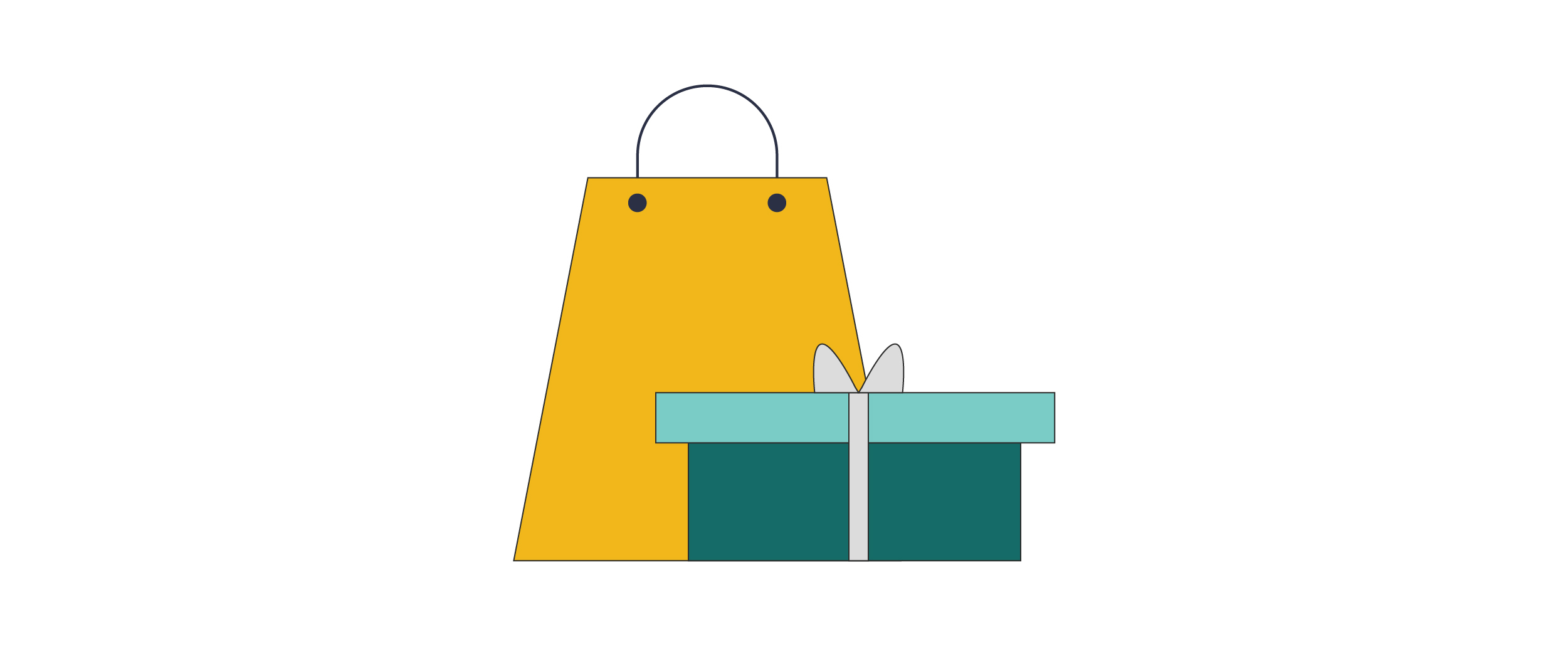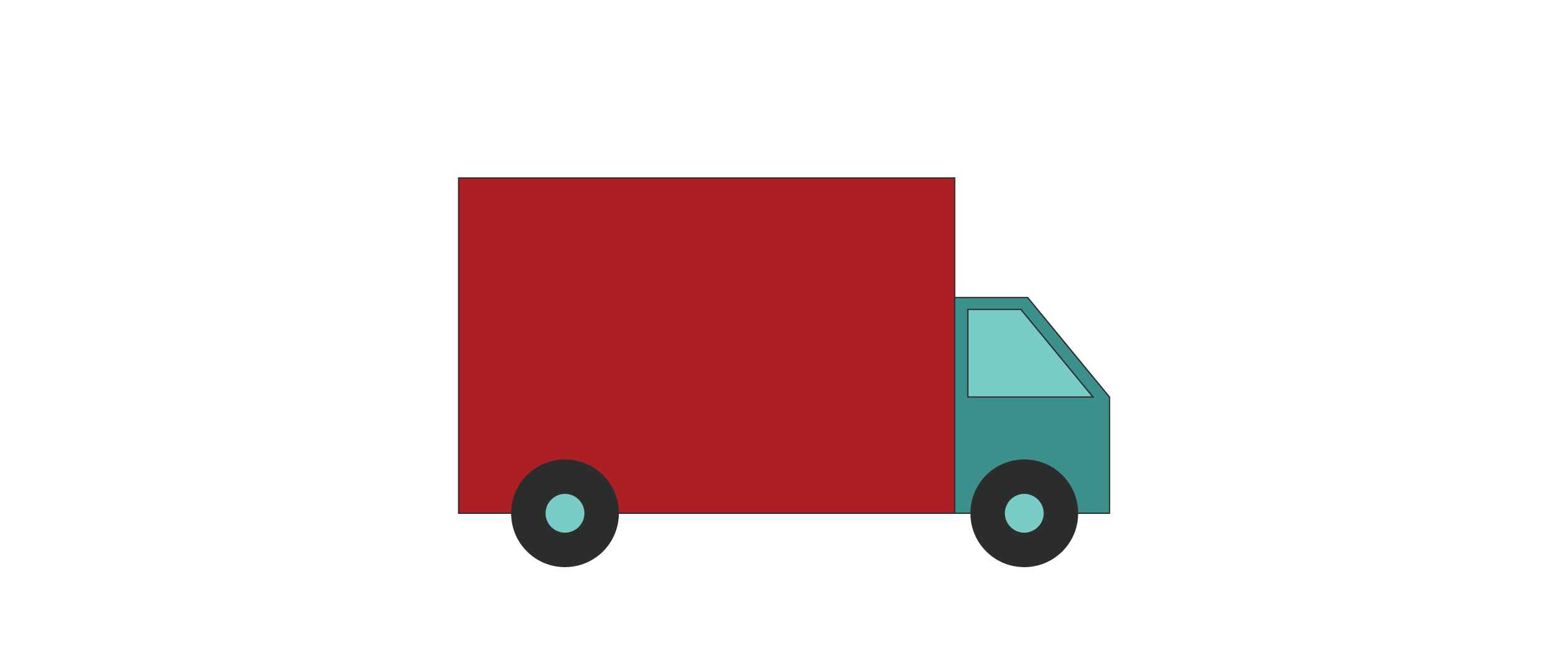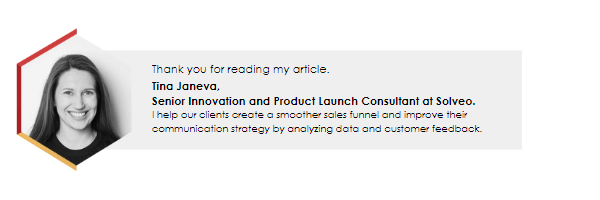The last piece of the blog series, 15 Industries with Potential Market Gaps that will Explode in 2023, presents market gaps in a few soaring industries:
· E-commerce
· Logistics and Last-Mile Delivery
· Services for SMEs
The COVID-19 pandemic accelerated digitalization and changed consumers’ behaviors. Retailers switch from offline to online, while online businesses are looking for ways to stay competitive. The unprecedented growth of e-commerce has stressed the importance of last-mile delivery and robust logistics systems.
On the other hand, SMEs outsource most of their services. Amid the pandemic, they became fragile both financially and in terms of human resources.

Let’s check the potential for innovative businesses in the three industries.
1. Market gaps in the creative e-commerce concepts industry
Why now?
The COVID-19 Pandemic has changed everything. First and foremost, it changed consumer behaviors. E-commerce and digital sectors also boomed during the crisis. The e-commerce sector is growing strongly all around the world, which is not a seasonal trend. This trend is sustainable and will continue to thrive in the upcoming years. Businesses must accept this and go digital as soon as possible (especially SMEs).
What’s the potential?
E-commerce revenue is expected to grow at a 14.7% CAGR from 2020 to 2027, resulting in a projected market volume of $4,230,885m by 2025.
One of the key growth drivers for e-commerce is rapid urbanization. The fast adoption of smartphones and smart devices additionally boosts the market growth. Projections show that the global e-commerce market will reach $66,932.1 billion by 2030, growing by 13.5% annually over 2020–2030.

What’s the key to success?
M-commerce will become important even for small businesses. The fast adoption of smartphones requires online businesses to optimize for mobile. Online shopping will continue to focus on customer experience. E-commerce mobile apps are gaining more and more popularity, and it is only a question of time when they will become mainstream. Online brands have to focus on the emotional connection with their customers to stay relevant. For that reason, artificial intelligence will most probably overtake customer interactions by the end of this decade. Learning about the customer’s behavior and emotions will become more important than ever, especially relevant for Gen-Z customers.
If you want your Startup to launch successfully to the market and gain initial traction, get in touch with us. We have launched more than 500+ startups in 15 different industries for our clients.
_____________________________________________________________________________________________
2. Logistics and last-mile delivery industry market gaps
Why now?
The rise in online orders during pandemics has increased the demand for last-mile delivery. The pandemic also triggered changes within the logistics sector. 3PL companies were pushed to pivot and become more e-commerce friendly. On the other hand, real–estate investors quickly switched from popular residential and commercial areas to the unpopular logistics sub-sector. The logistics sector will be an important sector post-pandemic, while last-mile delivery will soar because of the rapid growth of e-commerce, both presenting countless business opportunities.
What’s the potential?
The global delivery market is expected to reach 200.42 billion in 2027, growing at a CAGR of 9.29% from 2021 to 2027. The growth is driven by the rapid growth in the logistics industry, the expansion of start-ups, and the high penetration of smartphones. Digitalization and the growing popularity of e-commerce will boost the delivery services industry in the upcoming period. The pandemic’s global disruption of supply chains accelerated the ideas of companies to integrate robots and AI.

What’s the key to success?
Replacing human resources with AI and robots is not as easy as it sounds. It is more than certain that robots can replace humans in more ordinary jobs like palletizing, cleaning, or sorting. The employees will have to learn new skills for operating the robots and for adopting new technologies. On the other hand, stronger traffic regulations and city congestion will create long-term structural changes. The pandemic might be a catalyst for autonomous and unattended delivery technologies in last-mile delivery. Smart warehouses and cargo trucks will also mark the arrival of unattended logistics systems.
If you’re on the lookout to invest DOWNLOAD the complete FREE e—book with 15 industries with market gaps that will explode in 2023 HERE.
_____________________________________________________________________________________________
3. Market gaps in the services industry for small businesses
Why now?
Small businesses are the lifeblood of the world’s economies. IT, accounting, marketing, and insurance are just a few of the services that SMEs outsource. The pandemic hit SME hard, and the projections are that these difficulties will last. To survive the pandemic, 38% of SMEs reduced their budgets. Still, more than20% of small businesses launched new products. They invest mostly in promotion, technology, and staffing.
What’s the potential?
Small and medium-sized companies represent90% of all companies globally. These businesses are vital to growth, innovation, and sustainability. Besides the main administrative services, such as accounting, project management, and customer support, SMEs also need technology services, training, temporary staff, and marketing.

What’s the key to success?
Analytics for small businesses is a must. Entrepreneurs often misunderstand the metrics or don’t know how to use these data points. SMEs still lack an understanding of advanced data analytics. SME budgets don’t stretch that far, so they can’t afford cutting-edge analytical tools.
Regardless of the industry, SMEs will likely need AI solutions in the future. Technology will act as a means to an end, meaning that embracing technology can help SMEs achieve their vision. Consulting services are required as well, since the resilience of SMEs depends on sustainable business models.
To learn how to do proper market research before launching your business, we have created the most compehensive program on launching your business using AI.
If you are interested in finding out more about market gaps in digital industries, check out the first and second pieces of the blog series. If you want to go green and find out the potential of environmentally-friendly industries, read the third and fourth pieces in the series.
To learn how to identify market gaps in your industry, take advice from our innovation consultants in our
top-read article for 2022.
- Industries with potential market gaps that will explode in 2022 – Part 1
- Industries with potential market gaps that will explode in 2022 – Part 2
- Industries with potential market gaps that will explode in 2022 – Part 3
- Industries with potential market gaps that will explode in 2022 – Part 4
- Industries with potential market gaps that will explode in 2022 – Part 5 (This article)


